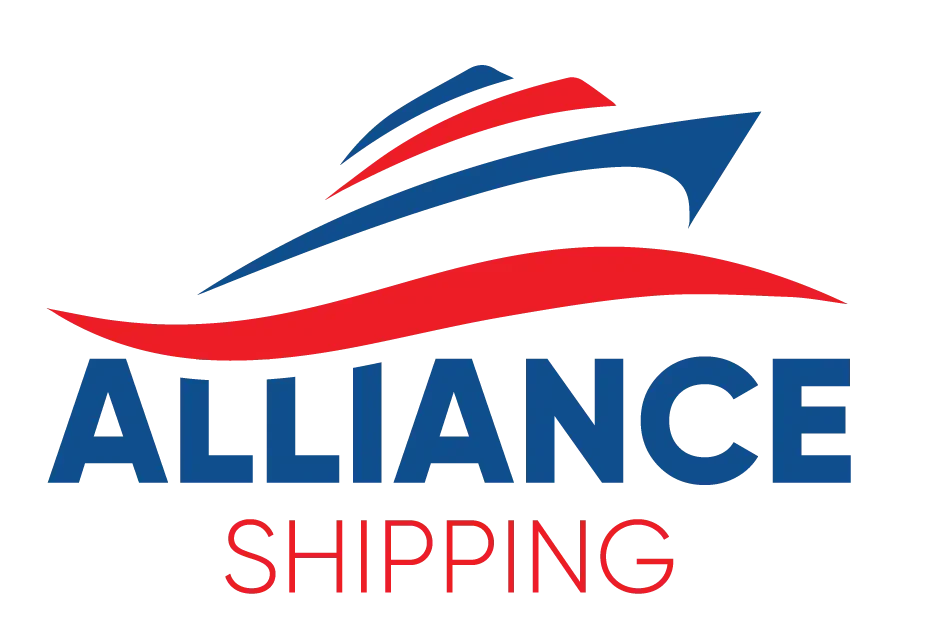Shipping Cargo from Iran to Syria
Professional shipping solutions with competitive rates and reliable service. Your trusted
partner for Iran-Syria cargo.

Overview
Shipping Cargo from Iran to Syria
Shipping cargo from Iran to Syria has seen significant growth, thanks to the strengthening trade relationship between the two nations. Iran exports various products to Syria, including machinery, vehicles, minerals, and agricultural goods. There is an increasing demand for reliable export cargo services that ensure timely and safe delivery of goods across these countries. With more businesses engaging in trade, the infrastructure and logistics for freight from Iran to Syria are continually improving, facilitating smoother transactions and supporting economic ties.

Shipping Methods
How Cargo from Iran to Syria Moves
Air freight is the fastest way to transport cargo from Iran to Syria. It is ideal for time-sensitive shipments, such as perishable goods or urgent stock replenishments. However, air freight is typically more expensive compared to other modes. It is best chosen when speed is the priority over cost.
Sea freight is the most cost-effective method for transporting large volumes of cargo from Iran to Syria. Although it takes longer than air freight, it is more economical for non-urgent shipments. This mode is suitable for bulky or heavy items that are not time-sensitive.
Shipping Cargo from Iran
Shipping Cargo from Iran to Syria is a vital trade route that supports the exchange of goods and strengthens economic ties between the two countries. Iran exports a variety of goods, including food products, construction materials, and machinery, to Syria. The shipping routes are well-established, ensuring a steady flow of cargo across the seas. With strategic ports in Iran like Bandar Abbas, Imam Khomeini, and Bushehr, goods are efficiently transported to Syrian ports such as Latakia, Tartus, and Banias. The journey involves navigating through key waterways, ensuring timely delivery. Shipping Cargo from Iran to Syria plays a crucial role in supporting Syria's rebuilding efforts and meeting its domestic needs, fostering a mutually beneficial relationship between the two nations. The shipping industry remains a cornerstone of their bilateral trade, facilitating economic growth and development.
Shipping cargo from Bandar Abbas to Syria
Shipping cargo from Imam Khomeini to Syria
Shipping cargo from Bushehr to Syria
Shipping cargo from Chabahar to Syria
Shipping cargo from Khorramshahr to Syria
Cargo Types
What Goods Travel in Cargo from Iran to Syria?
Petroleum and related products are major cargo items from Iran to Syria, essential for energy needs.
Iran exports a variety of pharmaceuticals to Syria, supporting the healthcare needs.
Textiles, including clothing and fabrics, are regularly shipped from Iran to Syria.
Foods such as grains and fresh produce are common in the cargo fleet heading to Syria.
Automotive parts are among the frequent items in cargo from Iran to Syria, aiding vehicle repairs.
Documentation
Basic customs documents and trade certificates
- Commercial Invoice: Details the sale between the exporter in Iran and the buyer in Syria, including the goods' value.
- Packing List: Lists all items in the cargo, including dimensions, weight, and packaging types.
- Bill of Lading: Acts as a receipt for the shipped goods and a transport contract between the shipper and carrier.
- Certificate of Origin: Verifies the country where the goods were produced, required by Syrian custom authorities.
- Export License: A legal permit allowing the export of goods from Iran to Syria, as per government requirements.
- Insurance Certificate: Covers potential loss or damage to cargo during transit.
- Import License: Document required by Syrian authorities to allow goods into the country.
- Customs Declaration: Submitted to both Iranian and Syrian customs detailing the goods being imported/exported.
- Transit Document: Necessary if the cargo transits through third-party countries.
Ensure all documents are accurately filled out and submitted in advance to prevent unnecessary processing delays. Regularly check updates on customs regulations to avoid issues.

Cost Estimation
Estimate Cost of Cargo from Iran to Syria
Shipping Cost Factors
Shipping costs can be influenced by many elements ranging from the choice of transportation to the weight and size of your cargo. Understanding these factors helps in making informed decisions when estimating the cost of cargo from Iran to Syria.
-
Mode of Transportation
The choice between air or sea cargo can greatly affect cost. Air shipping is faster but more expensive than sea freight, which is slower but typically cheaper for larger shipments.
-
Weight and Volume
Heavier and bulkier shipments cost more to transport. Calculating the cargo's volume and weight will be crucial in determining overall costs.
-
Distance and Route
The distance between the shipping point in Iran and the destination in Syria can affect pricing. Longer routes often mean higher costs.
-
Customs Duties and Taxes
Taxes and duties imposed on goods entering Syria from Iran can add to the shipping cost.
-
Shipping Timeline
The urgency of delivery can influence costs. Express or expedited shipments will likely cost more compared to standard shipping options.

FAQ
Frequently Asked Questions About Shipping Cargo from Iran to Syria
The main modes of transportation for cargo between Iran and Syria are by sea and road. Rail transport is also being developed for increased efficiency, although its use is currently limited.
Yes, exporters must have an export declaration, a commercial invoice, a packing list, and any relevant certificates of origin. Depending on the type of goods, additional permits or licenses may be necessary.
You can find reliable freight forwarding services by researching established companies with positive reviews, seeking recommendations from industry networks, and verifying their credentials and experience in the Iran-Syria shipping route.
Typical transit times can vary based on the mode of transportation. By sea, it usually takes about 10-15 days, while road transport might take 7-10 days depending on border conditions and infrastructure.
Yes, there are international sanctions and restrictions on certain goods due to geopolitical considerations. It’s important to ensure compliance with all relevant laws and consult with legal experts or trade authorities for guidance.
Shipping costs depend on the type and volume of goods, mode of transport, and additional services required like insurance or customs handling. Freight forwarders often provide detailed quotes based on these factors.
Once the shipment reaches Syria, the importer must submit the required documentation such as a commercial invoice and bill of lading for customs clearance. The goods will be inspected, duties and taxes will be assessed, and then the shipment will be cleared for entry.
Get Started
Getting Started with Alliance Shipping

Need help moving cargo from Iran to Syria? Navigating the logistics and regulations can be overwhelming when trying to find the best shipping solutions. With many factors to consider, such as costs, delivery times, and ensuring safe transport, it’s easy to feel lost or unsure about where to start.
Alliance Shipping offers a seamless and dependable way to move your cargo across borders. We’re here to help you ship cargo with ease. Our experienced team guides you every step of the way, ensuring a smooth process. Reach out to us today and let’s get you started on your shipping journey.

